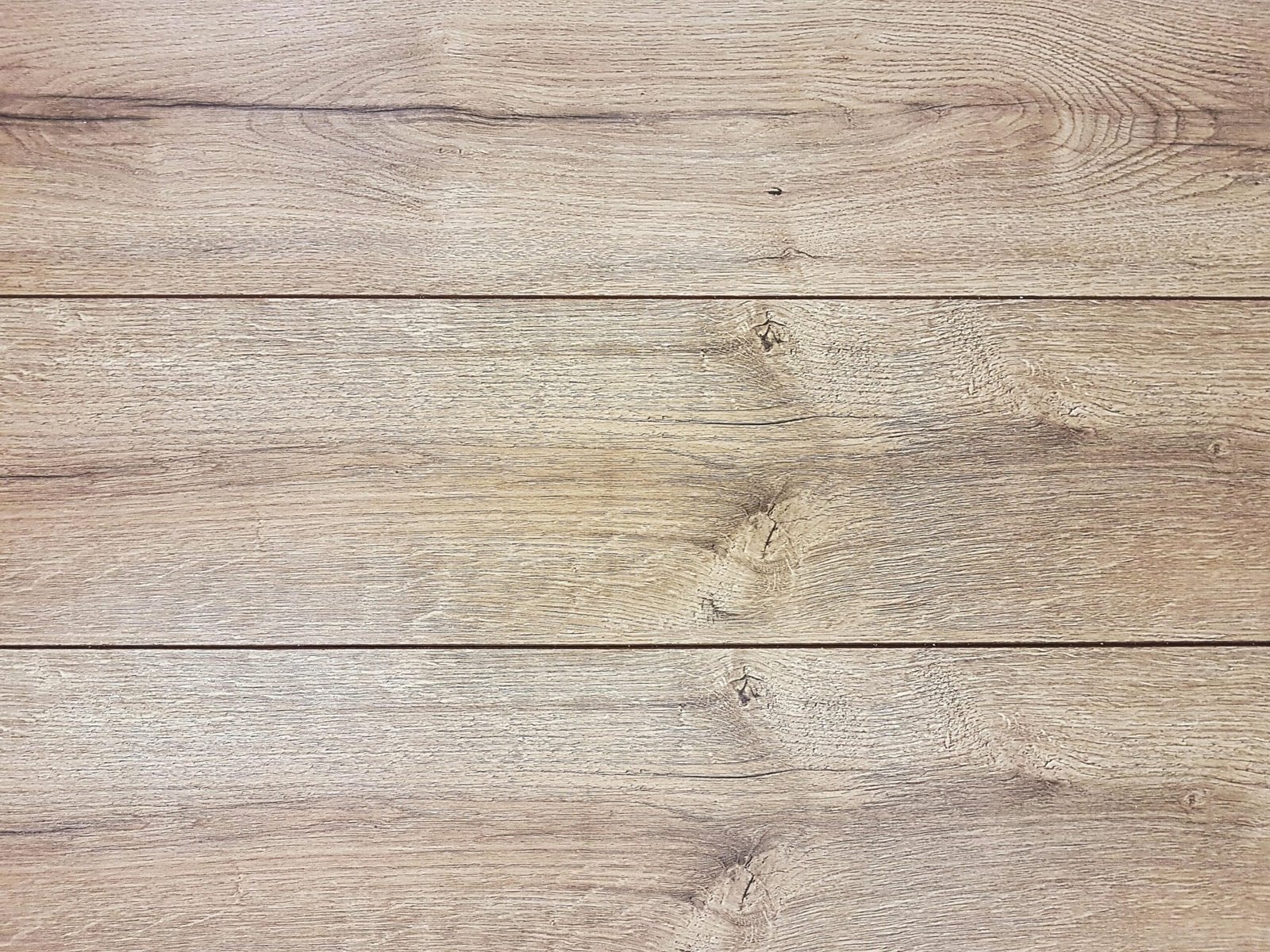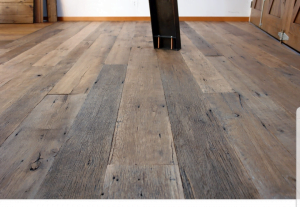
Combining Reclaimed Wood Flooring with Other Natural Materials
Natural materials have a timeless appeal – they bring warmth, authenticity, and a sense of calm that synthetic alternatives simply can’t replicate. Reclaimed wood flooring

Reclaimed wood flooring is more than just an eco-friendly choice – it’s a way to bring history, character and unique stories into your space. When reclaimed wood comes from remarkable sources such as churches, warehouses and ships, it carries with it a rich heritage that adds depth and authenticity to any interior. In this article, we explore the fascinating origins of reclaimed wood and why these storied floorboards are a popular choice for homeowners, designers and businesses alike.
Reclaimed wood is timber that has been salvaged from old buildings, structures or vessels and repurposed for new uses, such as flooring. Unlike newly cut timber, reclaimed wood has a distinctive aged appearance featuring natural patina, weathered textures, nail holes and other imperfections that tell the story of its past life. This unique character brings warmth and individuality to floors, creating spaces that feel lived-in and authentic.
Churches are often constructed with high-quality, old-growth timber known for its durability and beauty. When wood is reclaimed from churches, it typically has rich grain patterns and a history steeped in tradition. Many churches have ornate wooden beams, pews and flooring that have stood the test of time, surviving centuries.
Using reclaimed wood from churches means you’re incorporating a material that once played a part in community gatherings, celebrations and ceremonies. This connection to history imbues your flooring with a sense of reverence and timeless elegance, perfect for creating refined and inviting commercial or residential interiors.
Warehouses offer another fantastic source of reclaimed wood, often harvested from heavy-duty flooring, beams or wall panels. The timber used in warehouses tends to be robust and hard-wearing, designed to support heavy machinery and constant foot traffic.
Reclaimed wood from warehouses carries the gritty industrial charm of the spaces it once supported. This wood often shows signs of wear, such as saw marks, dents and stains, all of which contribute to an authentic, rugged aesthetic. Flooring made from warehouse wood is ideal for loft apartments, restaurants, retail shops or offices aiming for an industrial or rustic vibe.
Ships provide a particularly unique source of reclaimed wood flooring. Often crafted from dense hardwoods like teak or oak, ship timber is highly resistant to water and wear, making it an excellent material for durable flooring.
Reclaimed ship wood often features distinctive textures and tones developed through years at sea, including weathering from saltwater and exposure to the elements. Incorporating ship wood flooring adds a nautical charm and a sense of adventure to interiors. It’s a perfect fit for coastal properties, beachside businesses or anyone who appreciates maritime history.
Beyond its beauty and story, reclaimed wood flooring is a sustainable choice. Repurposing old timber reduces demand for new logging, helps preserve forests and minimises waste. This eco-conscious aspect appeals to environmentally aware consumers and businesses aiming to lower their carbon footprint without sacrificing style.
Reclaimed wood from churches, warehouses and ships is more than just a flooring material – it’s a connection to history, craftsmanship and unique stories. Whether you’re drawn to the timeless elegance of church wood, the rugged charm of warehouse timber or the adventurous spirit of ship flooring, reclaimed wood offers a character-rich, sustainable flooring option that enhances any space.
When you choose reclaimed wood flooring, you’re not just selecting a product; you’re embracing a piece of history beneath your feet.

Natural materials have a timeless appeal – they bring warmth, authenticity, and a sense of calm that synthetic alternatives simply can’t replicate. Reclaimed wood flooring

Some design trends come and go, but the beauty of natural materials, especially wood, never fades. Reclaimed wood flooring, with its rich tones, subtle imperfections,

Restoring a period home is as much about sensitivity as it is about style. Every beam, cornice, and doorframe tells a story – and your

Choosing the right flooring is about more than just appearance – it’s an investment in your home’s value, durability, and character. Among the most popular